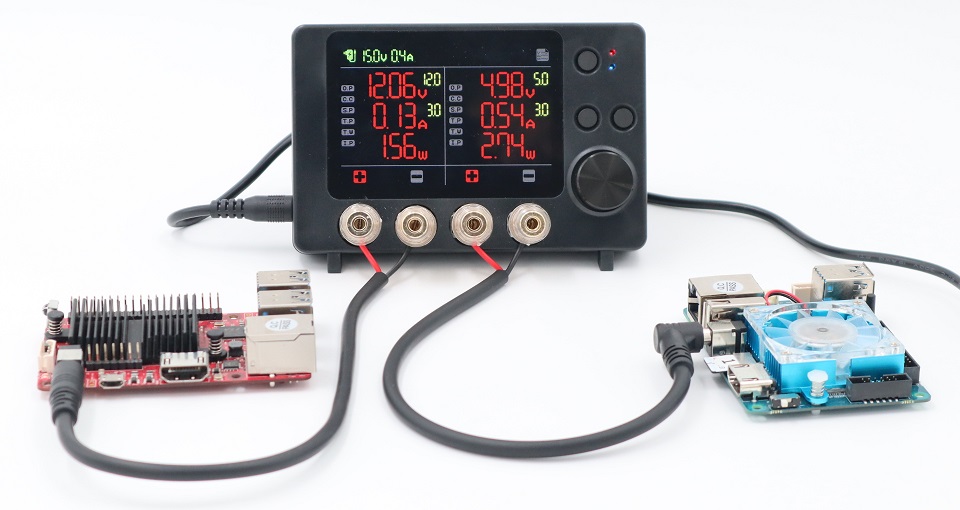
Hardkernel Odroid-smartpower 3 Is A Low-cost Power Monitoring Solution That Sells At $45
Low energy consumption is one of the key catalysts for scalable product launches. If your product is power-hungry, customers will certainly give you negative feedback. Consequently, every developer strives to make their products have extended battery lives, and they are increasingly looking for solutions to address the challenges with power consumption. Hardkernel, best known for its ODROID family of single-board computers, seeks to address this issue by making energy optimization more approachable. ODROID SmartPower 3, a compact, easily deployable power supply that monitors voltage, current, and power of the system load, can be used by embedded system developers to optimize energy consumption.
At the heart of the embedded device is the ESP32-S2 system-on-chip featuring a dual-core processor, but unfortunately no support for Wi-Fi or Bluetooth. Along with two DC plug cables that work with the ODROID-XU4, ODROID-N2, and ODROID-C4, the device comes with a USB-C data cable. The 15V/4A PSU is an optional power supply that you will additionally require. Additionally, it can be used for possible voltage drops, and software and hardware can be enhanced with applications that someday want to run on batteries.
Specifications of ODROID SmartPower 3
- SoC: ESP32 dual-core processor via ESP32-WROOM-32E module
- Display: 3.5-inch TFT IPS LCD wide viewing angle with 480×320 resolution
- Host Interface: USB Type-C port for firmware updates and data communication with PC
- Output Channels: 2x output channels (Max 50W + 50W) via banana jacks each
- Output Voltage: DC 3V to input voltage – 1V
- Output Current: DC 3A max per channel
- Measurement: Voltage, Current, Power; Maximum sampling rate- 200Hz (5msec interval)
- Input Voltage: DC 9V to 21V
- Misc:
- LED- RED(Power), BLUE(Alive)
- Button – ON/OFF/Menu/Cancel, Output Channel On/Off
- Rotary encoder to adjust voltage and ampere also works as Select/Setup button
CNX Software’s post has brought to our attention that, although the data is exhibited on display in real-time, the Smart Power 3’s capacity to transmit data to a host computer makes it most useful. The program only transmits data over USB to a serial interface at 921,000 bps even though ESP32 supports Wi-Fi communication. Further, a comprehensive report of the voltage, ampere, and wattage values is sent to a serial console programmer like GNU Screen rather than employing complex software to handle the data.
If you are interested in the SmartPower 3 tool, head to the product page where you can purchase the device for $45. For more information and links to the firmware source code, visit the official ODROID Wiki page.





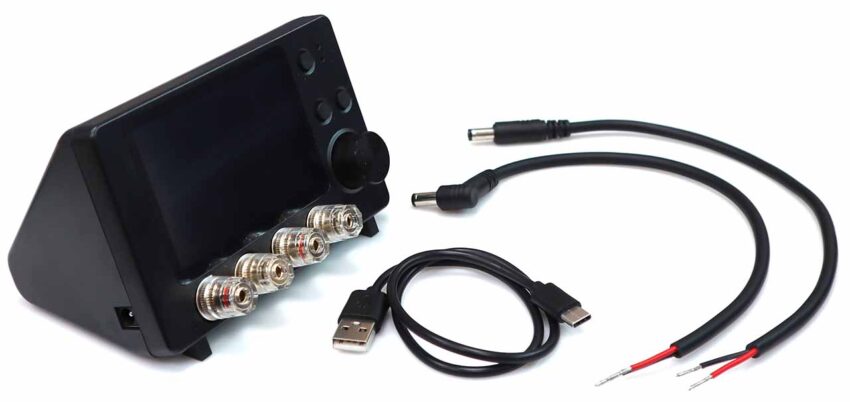
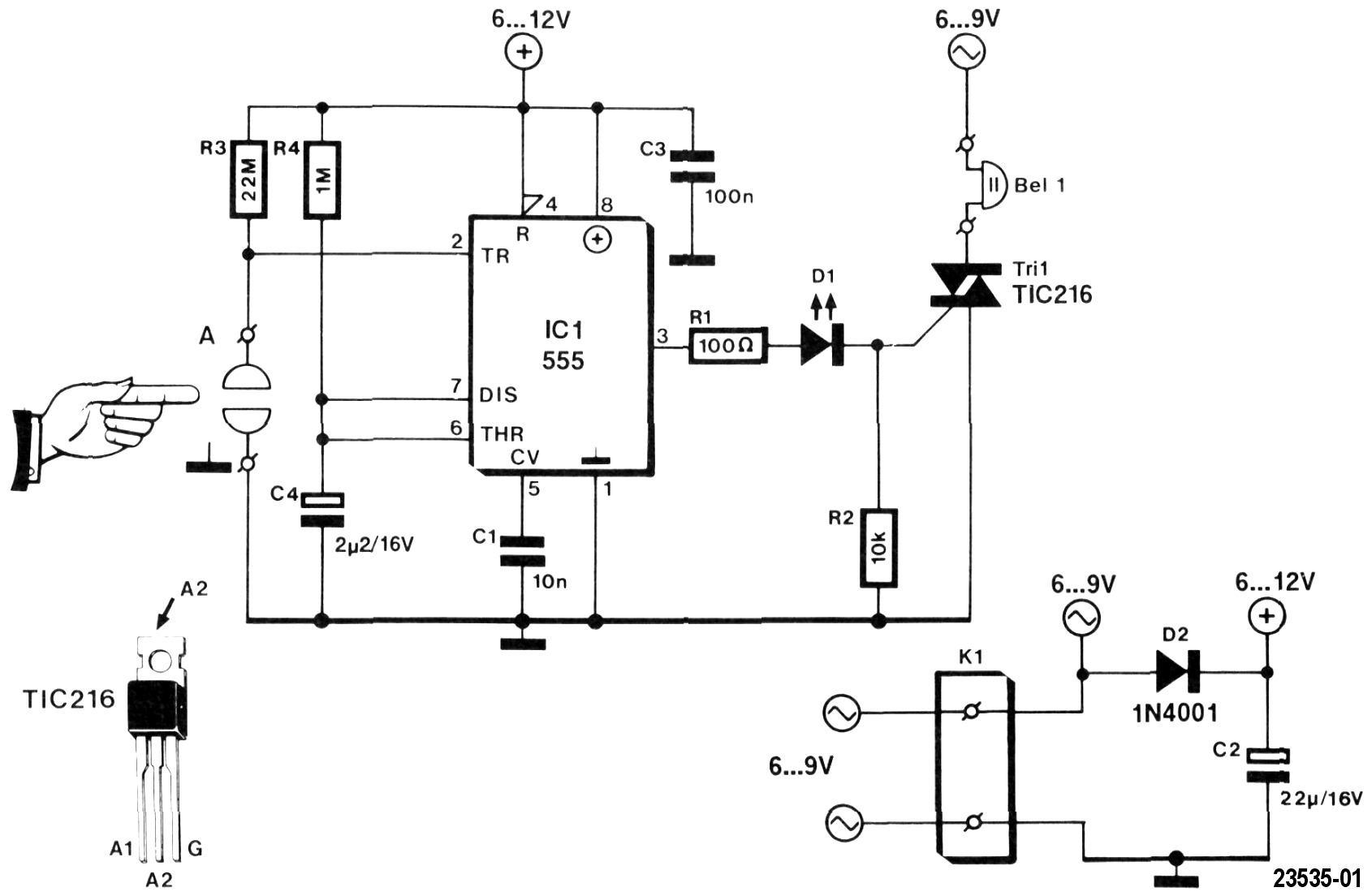
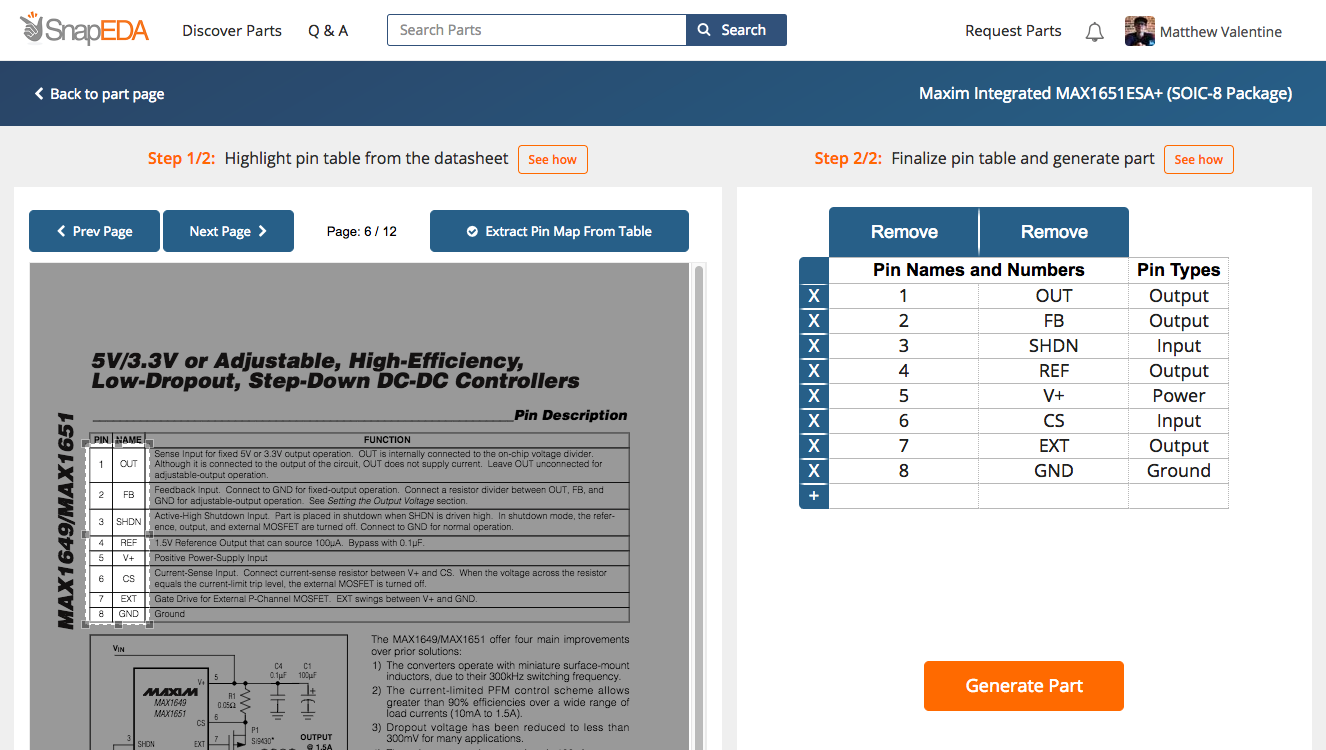
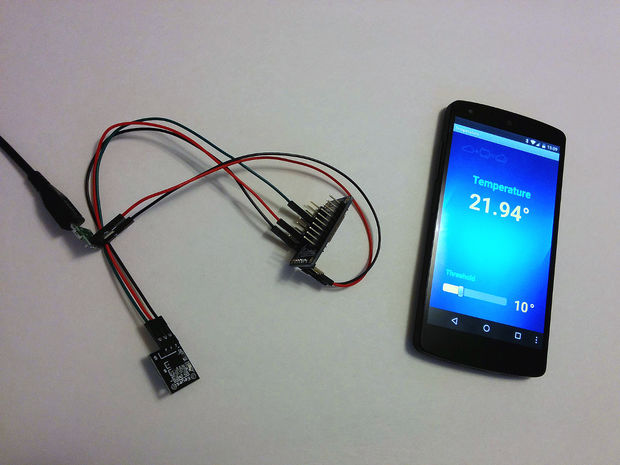
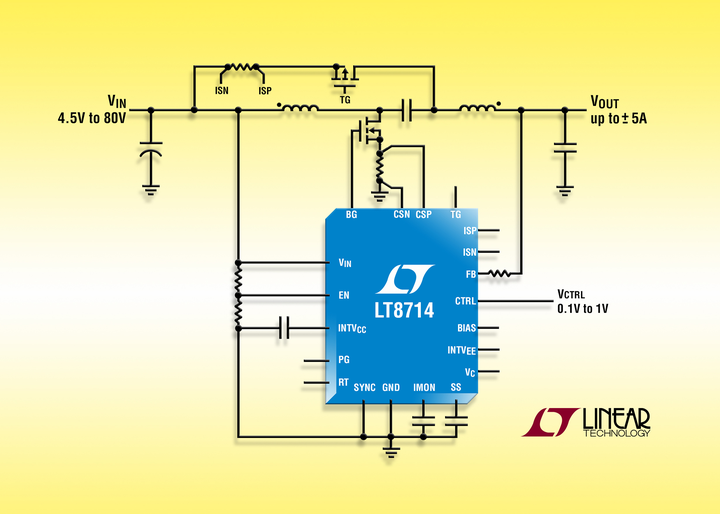
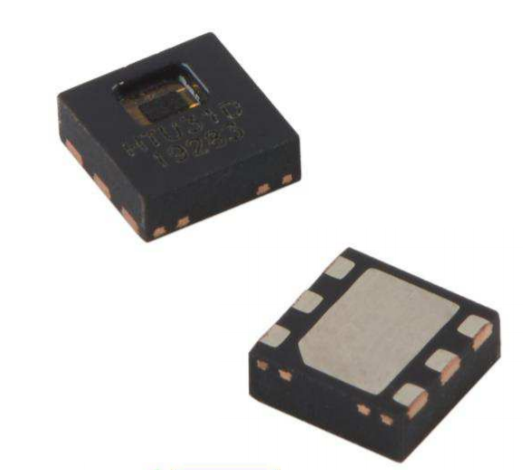
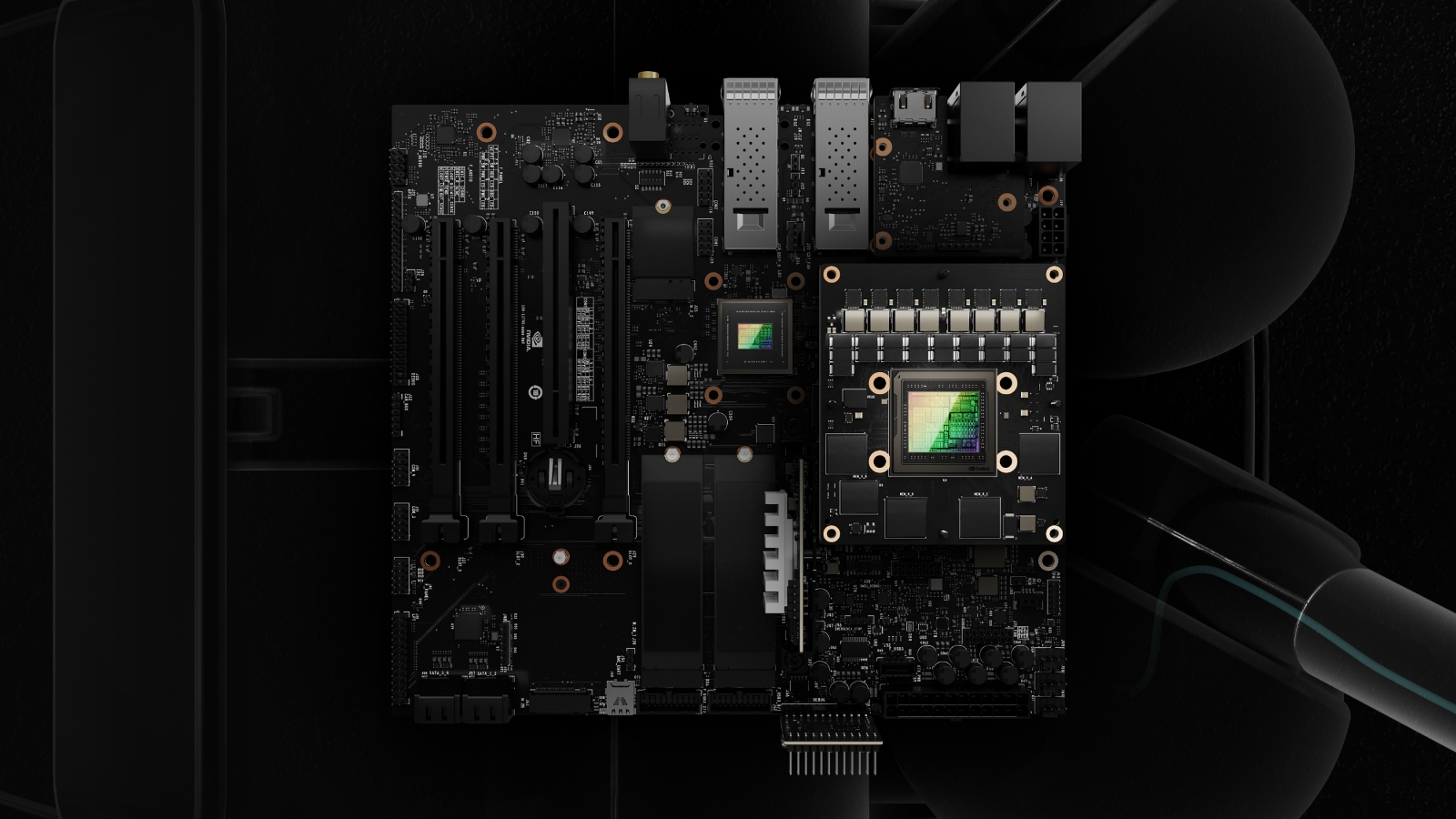







“At the heart of the embedded device is the ESP32-S2 system-on-chip featuring a dual-core processor [error], but unfortunately no support for Wi-Fi or Bluetooth [error].”
ESP32-S2 Specifications [1]:
* Single-core Xtensa LX7 CPU, up to 240 MHz
* 320 KiB SRAM, 128 KiB ROM, and 16 KiB RTC SRAM
* WiFi 2.4 GHz (IEEE 802.11b/g/n)
* No Bluetooth
* 43 programmable GPIOs
* USB OTG
Hardkernel probably chose the ESP32-S2 because of its built-in USB On-the-Go (OTG) port which will allow it to be directly plugged into a PC’s USB port without having to add an extra UART/USB bridge chip like a CP2101 or CH340x which costs money, needs a driver, and can be hard to find sometimes during the never-ending chip shortage.
The ESP32-S2 does have WiFi capability, but no Bluetooth. Perhaps Hardkernel chose not to use WiFi at all for simplicity. Once you turn WiFi on with the ESP32-S2, you have to be careful that all your application code is non-blocking because the ESP-32 runs an RTOS and the WiFi code is very timing sensitive. To help with this problem, often the user’s application code runs on a second core which unlike the ESP32-S2 most ESP32 versions have built-in.
In my opinion the use of the ESP32-S2 was an unfortunate but understandable choice by Hardkernel. I would gladly pay a bit more for a device with a dual core ESP32, WiFi plus Bluetooth, and the likes of a WCH (Jiangsu Qin Heng) CH340x UART/USB chip, which is still easy to find.[2]
* References:
1. https://en.wikipedia.org/wiki/ESP32
https://en.wikipedia.org/wiki/ESP32#ESP32-S2
2. CH340x @ LCSC China
https://lcsc.com/products/USB-ICs_576.html?keyword=CH340
Correction: I see from the Hardkernel WiKi [1] that the SmartPower-3 DOES support WiFi.
1. Hardkernel SmartPower-3 WiKi:
https://wiki.odroid.com/accessory/power_supply_battery/smartpower3